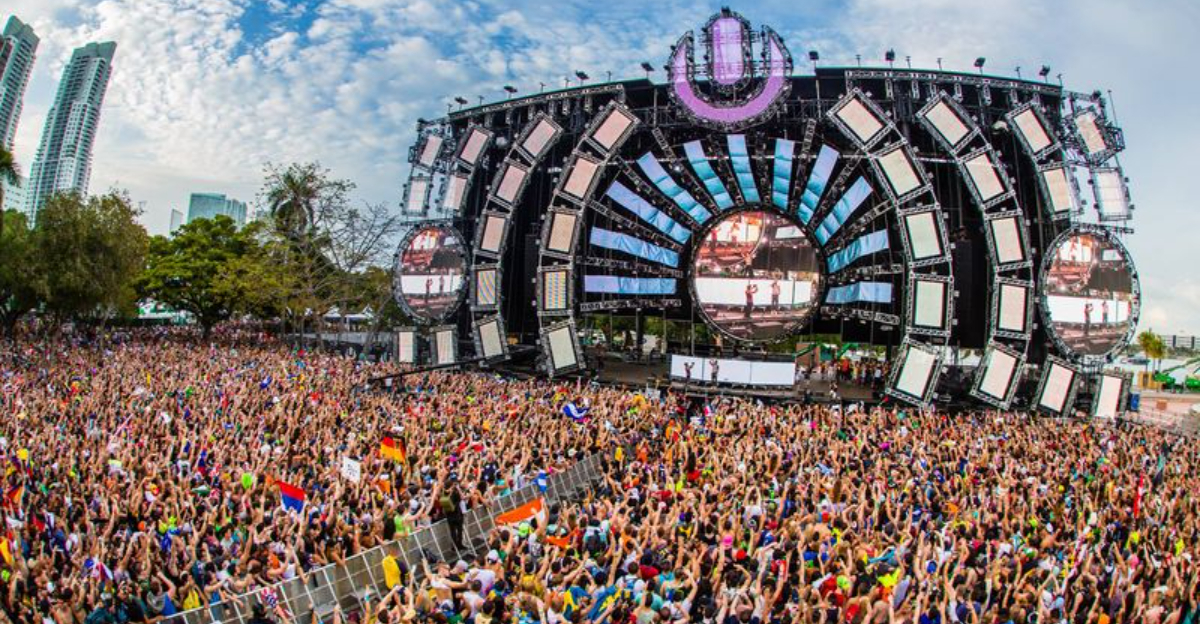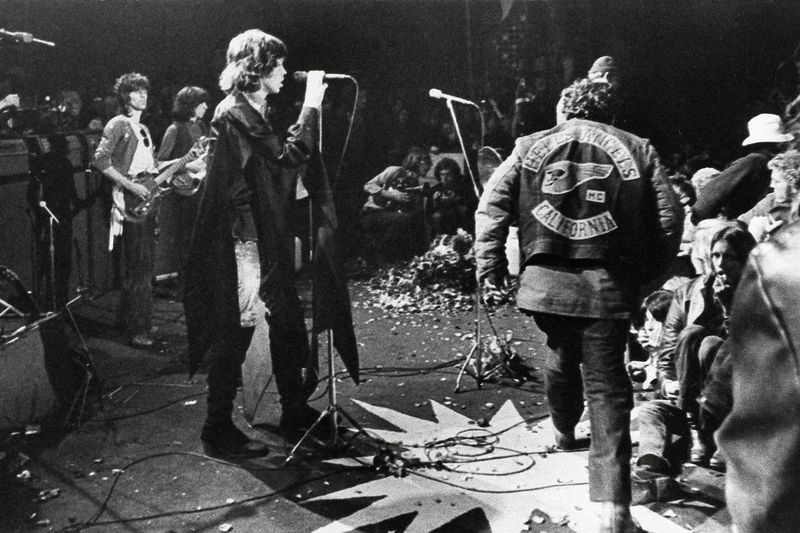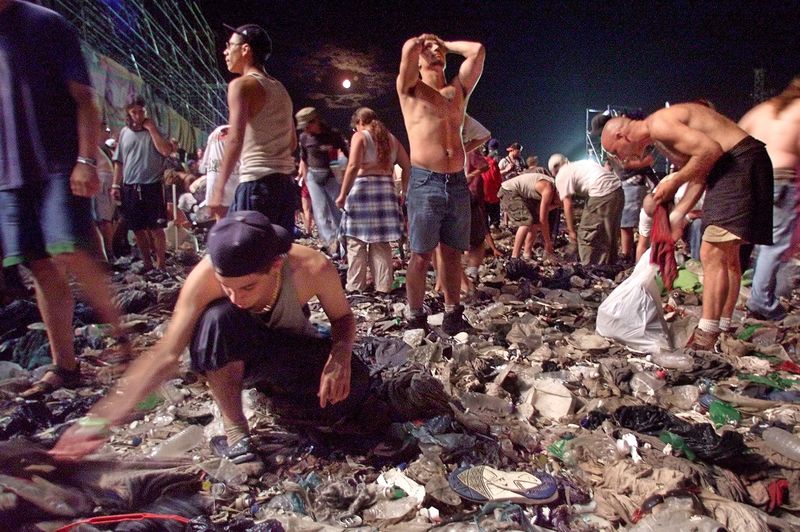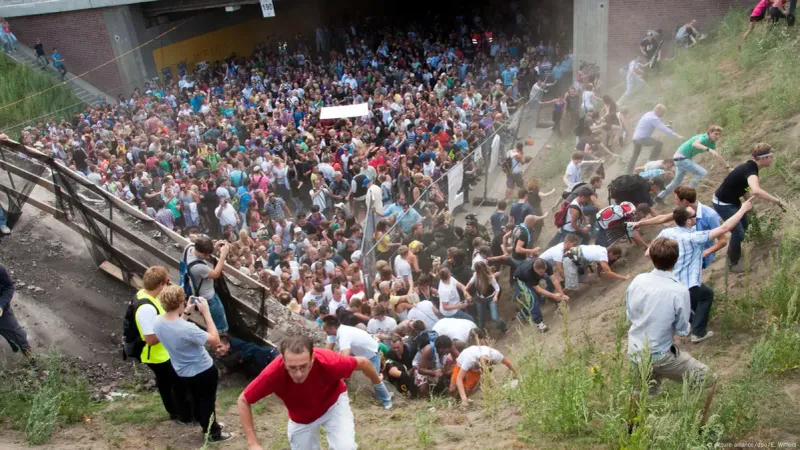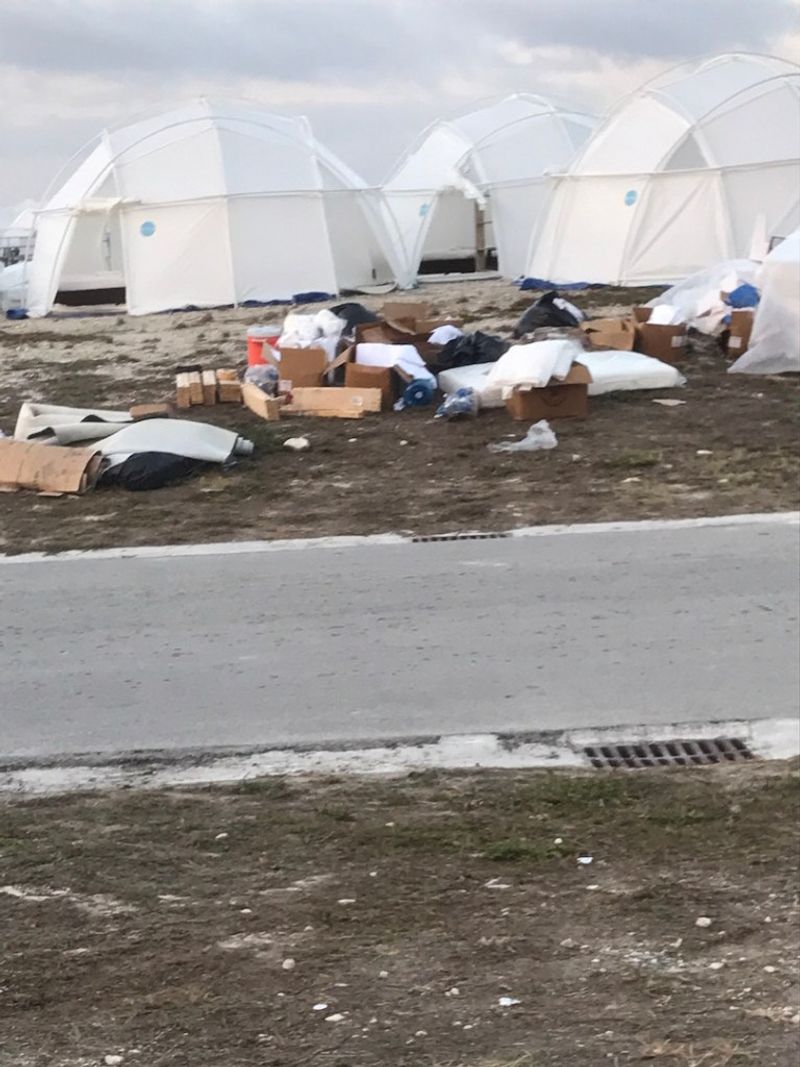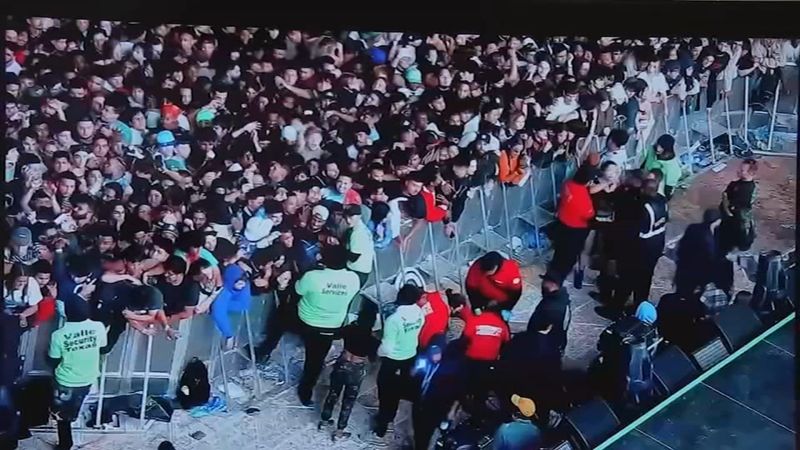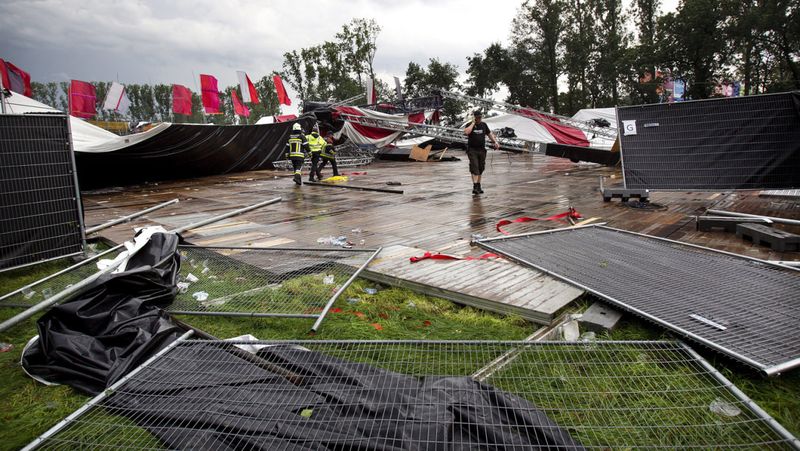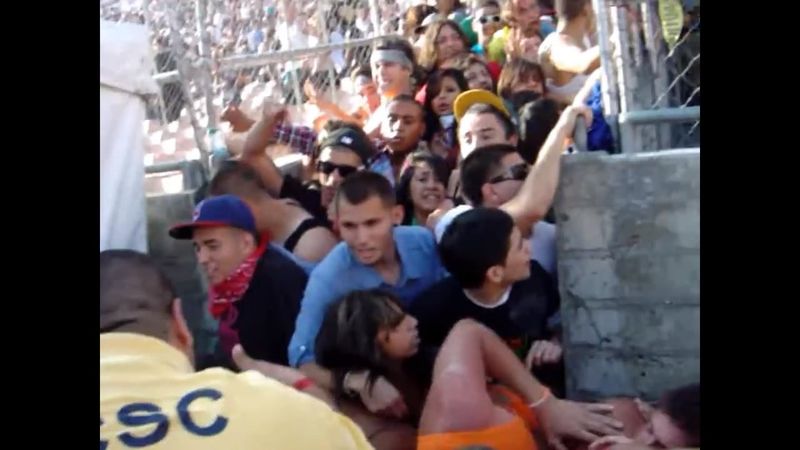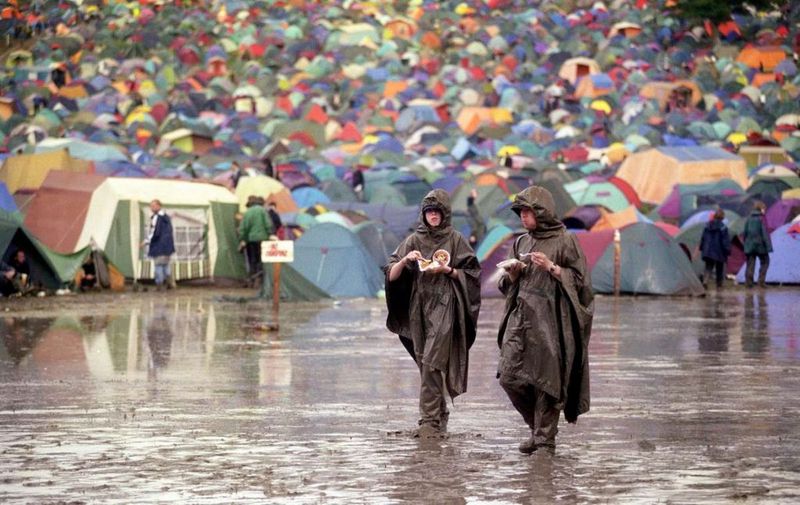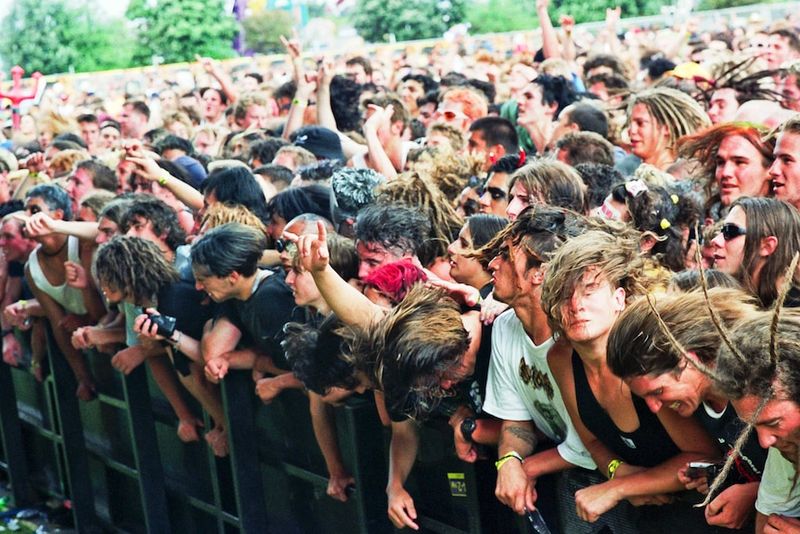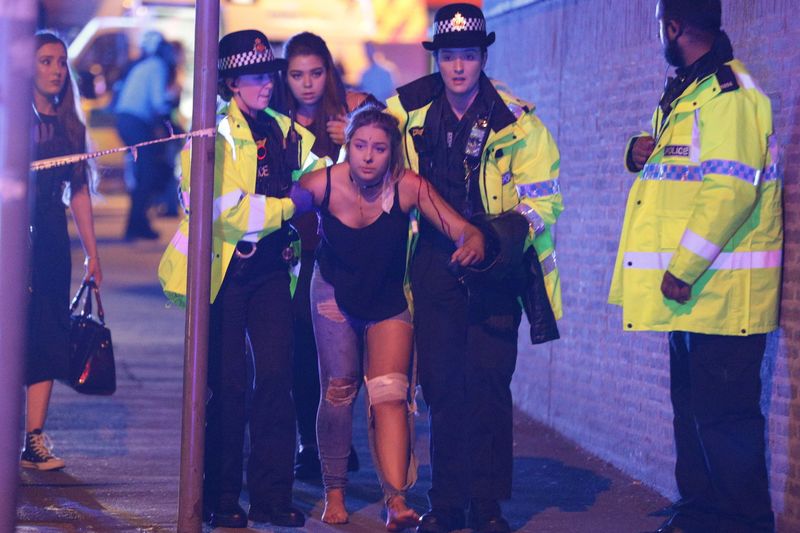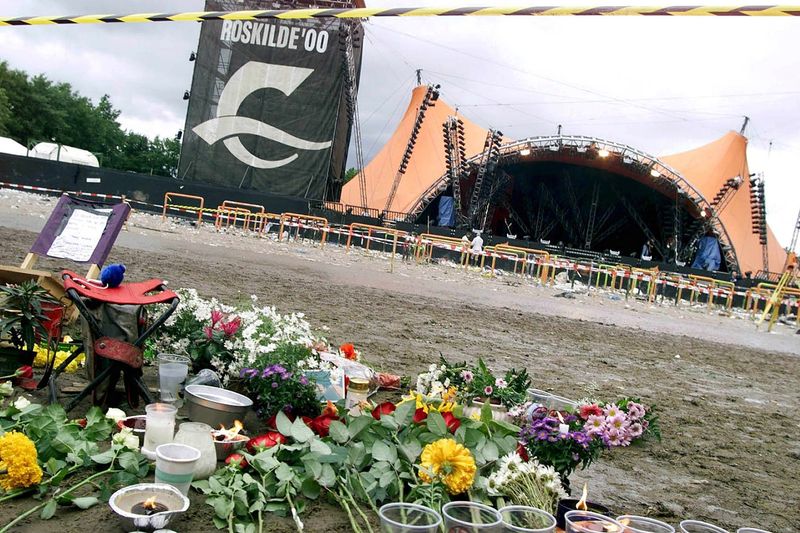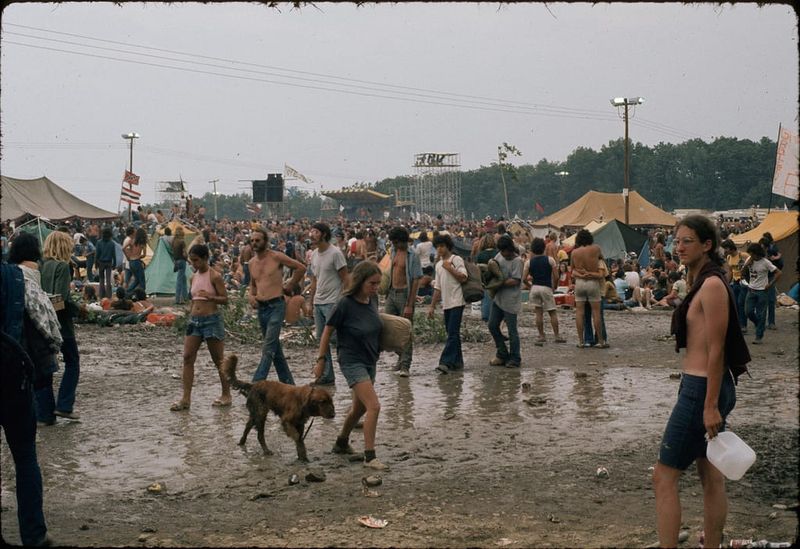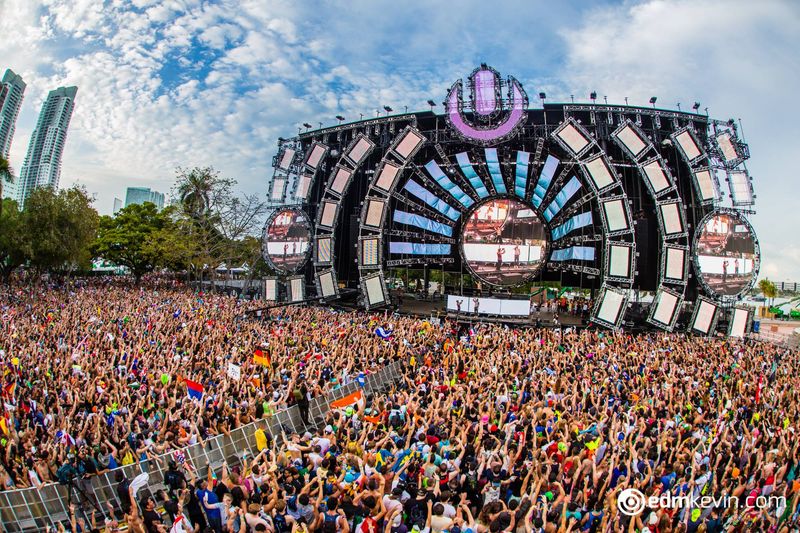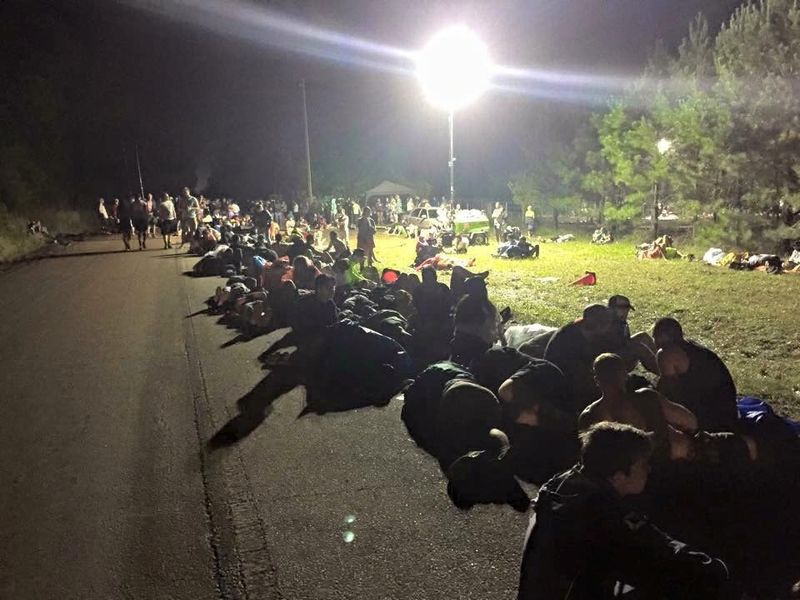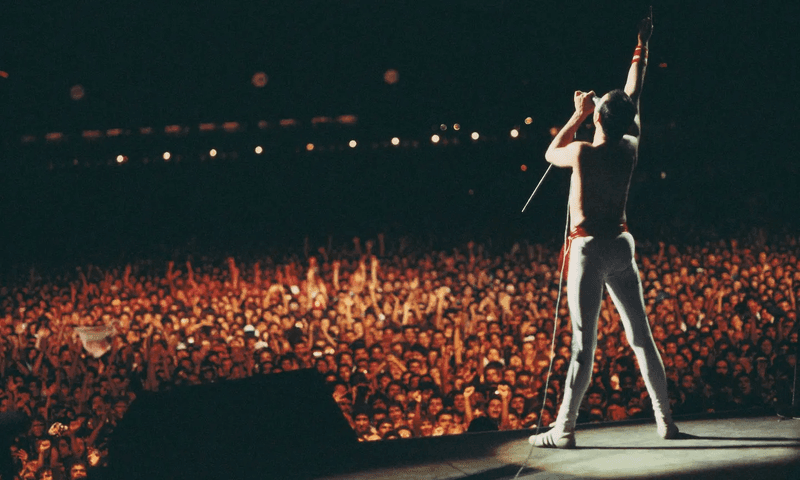Music festivals are often seen as utopian celebrations of art, culture, and freedom. However, the realities behind these events can sometimes be less idyllic, leading to infamous disasters that are hard to forget. From logistical nightmares to tragic accidents, these 16 music festival disasters have left an indelible mark on history. Let’s explore these unforgettable moments, each with its own unique story and legacy that continues to shape the way festivals are organized today.
1. Altamont Free Concert (1969)
In the 1969, electrifying atmosphere of the Altamont Free Concert, The Rolling Stones took the stage to a sea of eager fans. But as the band played “Gimme Shelter,” chaos ensued when Hells Angels, hired as security, fatally stabbed a fan. The incident cast a shadow over the concert, marking the “death of the 60s” hippie dream. Witnesses recall the tension in the air, a grim reality contrasting the era’s ideals. This tragic event is often remembered as a pivotal moment in rock history, signifying a cultural shift away from peace and love.
2. Woodstock ’99
Woodstock ’99 promised a revival of the legendary festival spirit but devolved into chaos. Overpriced water at $4, sweltering 100°F heat, and inadequate facilities fueled riots and arson. Reports of sexual assaults further tainted the event’s image. Attendees were left navigating a trash-laden wasteland, a stark contrast to the peaceful gatherings of the past. The festival’s legacy remains a cautionary tale of greed and mismanagement. It serves as a sobering reminder of the potential pitfalls when commercial interests overshadow attendee welfare.
3. Love Parade (2010)
The Love Parade of 2010 in Duisburg, Germany, ended in tragedy when 21 people were crushed to death during a tunnel stampede. The overfilled venue became a death trap, with panic spreading rapidly among attendees. Organizers faced convictions for negligence, and the event was never held again. Many remember it as a day of joy turned into horror, a stark reminder of the importance of crowd control. The Love Parade disaster led to significant changes in how large-scale events are planned, emphasizing safety over spectacle.
4. Fyre Festival (2017)
Promoted as the ultimate luxury retreat, Fyre Festival 2017 descended into chaos, leaving attendees stranded. Instead of luxury villas and gourmet meals, guests found FEMA tents and cheese sandwiches. The organizers’ incompetence and deceit led to the event being dubbed the greatest scam in festival history. With influencers trapped on the island, the festival’s failure became a viral sensation, spawning documentaries and lawsuits. The Fyre Festival serves as a lesson in the perils of over-promising and under-delivering, leaving a lasting impact on the festival scene.
5. Astroworld Festival (2021)
Astroworld Festival 2021, headlined by Travis Scott, turned deadly when a crowd surge led to the deaths of 10 attendees and injured hundreds. The chaotic scenes unfolded as fans pushed forward, creating a terrifying crush. Emergency responders were overwhelmed, and the tragedy sparked debates on live event safety. Critics argue that more could have been done to prevent the disaster. The festival has become a symbol of the urgent need for reforms in event management, highlighting the delicate balance between entertainment and safety.
6. Pukkelpop (2011)
Belgium’s Pukkelpop Festival in 2011 was struck by a violent storm, causing stages to collapse and killing five attendees. The sudden weather shift took everyone by surprise, resulting in chaos and 140 injuries. The disaster prompted significant changes in emergency planning, making evacuation protocols mandatory for future events. Attendees and organizers alike were left grappling with the tragedy, a grim reminder of the unpredictable nature of outdoor festivals. Pukkelpop 2011 is remembered for the lessons it taught about preparedness and safety.
7. Electric Daisy Carnival (2010)
Electric Daisy Carnival 2010 in Los Angeles faced tragedy when an underage attendee died of an ecstasy overdose. The event’s subsequent ban from L.A. highlighted the dangers of drug use at festivals. This incident led to EDC’s move to Las Vegas, where it’s now known for strict regulations and enhanced safety measures. The tragedy underscored the need for responsible drug policing and education at music festivals. Electric Daisy Carnival’s history serves as a cautionary tale of the balance between revelry and responsibility in the festival culture.
8. Glastonbury 1997
Glastonbury 1997 will forever be remembered for its biblical rains, turning the iconic festival into a muddy quagmire. Attendees waded through knee-deep mud, with the rain relentless in its onslaught. Despite the challenging conditions, the spirit of the festival endured, with music and camaraderie prevailing. The year Glastonbury became synonymous with mud survival, it marked a turning point in how the festival prepared for inclement weather. It remains a testament to the resilience and adaptability of festival-goers who embraced the chaos with open arms.
9. Big Day Out (2001)
The Big Day Out in Sydney, 2001, saw tragedy strike during Limp Bizkit’s set when a fan was fatally impaled by a flying metal barrier. In a rare moment of responsibility, Fred Durst halted the performance. The incident highlighted the dire need for improved crowd control and safety measures. Attendees were shaken, and the music paused as emergency services responded. This event left an indelible mark on the festival, spurring significant reforms to protect fans. It remains a poignant reminder of the potential dangers at crowded events.
10. Manchester Arena Bombing (2017)
The Manchester Arena bombing in 2017 during an Ariana Grande concert was a harrowing act of terror. A suicide bomber claimed 22 lives, leaving many more injured. The music stopped, but the city’s spirit remained unbroken. In response, Ariana Grande organized the One Love Manchester benefit concert, uniting people globally in support and resilience. The tragedy highlighted the importance of security measures at large events and brought communities together in the face of adversity. It’s a testament to humanity’s enduring spirit in the darkest of times.
11. Randall’s Island (1996)
Lollapalooza 1996 at Randall’s Island in NYC spiraled into chaos when gate-crashers overran fences, prompting security to unleash attack dogs. The scene was one of confusion and panic, as unauthorized attendees clashed with security. This breach led to a ban on festivals in NYC for years, as organizers reconsidered security and crowd control. The incident remains a reminder of the delicate balance between accessibility and safety. It forced festival planners to rethink strategies, ensuring such chaos wouldn’t repeat.
12. Roskilde (2000)
Roskilde Festival 2000 turned tragic when nine fans were crushed to death during Pearl Jam’s performance. Amid the vibrant music, a crowd surge led to disaster, leaving many questioning safety protocols. Eddie Vedder, the band’s frontman, was visibly traumatized, and the event spurred critical changes in crowd management. Roskilde 2000 is remembered not just for its music, but for the lessons learned in ensuring attendee safety. It marked a pivotal moment in festival history, highlighting the fragility of human life amidst celebration.
13. Summer Jam at Watkins Glen (1973)
Summer Jam at Watkins Glen in 1973 was a logistical nightmare, with 600,000 fans showing up instead of the expected 150,000. The massive turnout resulted in a severe lack of food, water, and sanitation facilities. Despite the chaos, the music played on, but not without leaving a mark on festival planning. Known as the “Woodstock that went wrong,” it underscored the need for meticulous preparation. The festival’s legacy is a reminder of the challenges of managing large crowds, pushing organizers to improve infrastructure and planning.
14. Ultra Miami (2014)
Ultra Miami 2014 was marred by tragedy when a fake “acid” known as NBOMe led to one death and 80 hospitalizations. The vibrant dance music festival turned somber as emergency medical teams rushed to aid affected attendees. The incident damaged Ultra’s reputation, emphasizing the risks of counterfeit drugs. In response, organizers increased safety measures and awareness campaigns. The event highlighted the importance of education and vigilance in preventing drug-related incidents. Ultra Miami 2014 remains a cautionary tale in the festival world.
15. Tomorrowland Brazil (2016)
Tomorrowland Brazil 2016 became infamous when logistical failures led to buses being burned, stranding over 100,000 attendees overnight. The nightmarish scenario unfolded as festival-goers were left without transportation. The event sparked memes and discussions about planning and logistics at major events. Despite the chaos, the spirit of the festival persisted, with attendees banding together. Tomorrowland Brazil remains a lesson in the importance of efficient logistics, ensuring attendees have a reliable and safe experience.
16. Rock in Rio (1985)
Rock in Rio 1985 became legendary not just for its music, but for a harrowing stage fire during Queen’s set. As pyrotechnics went awry, Freddie Mercury continued to perform, turning chaos into an iconic moment. The audience watched in awe as the band carried on, embodying the show-must-go-on spirit. The incident underscored the need for improved safety protocols at large events. Rock in Rio 1985 is remembered for turning a potential disaster into a legendary performance, cementing Queen’s status as rock icons.
